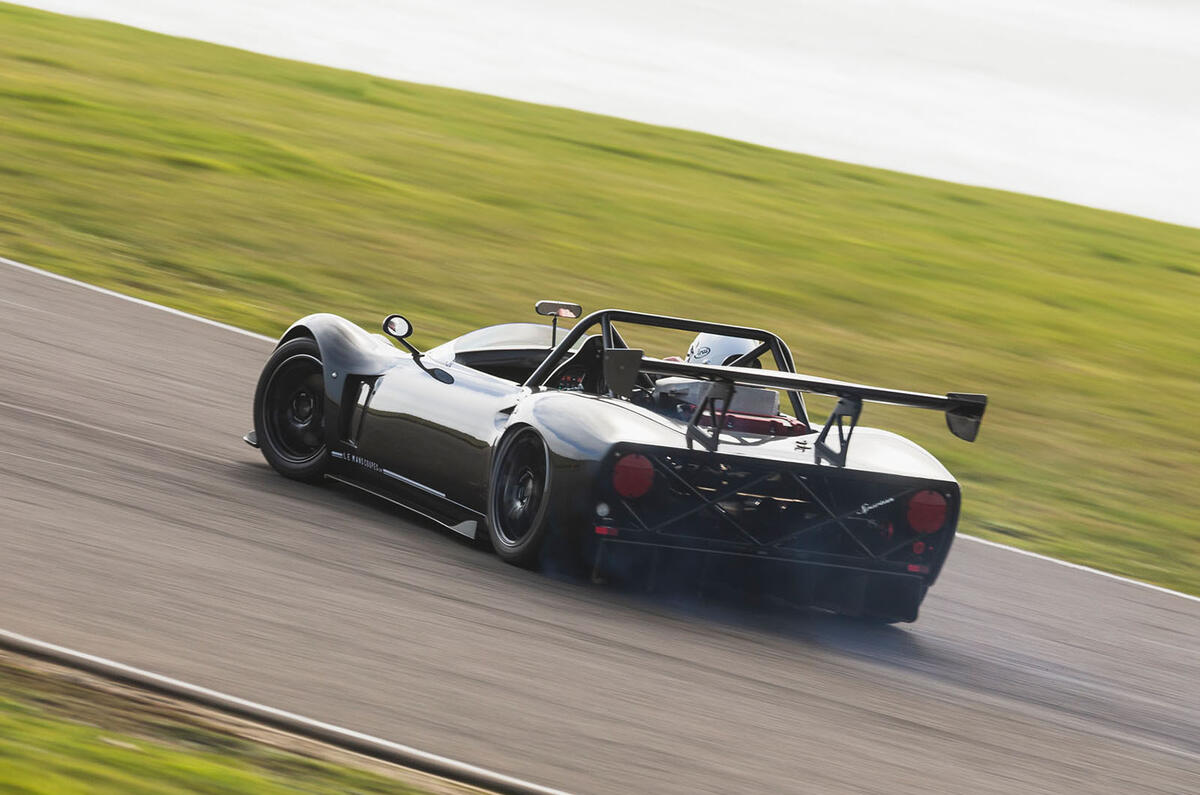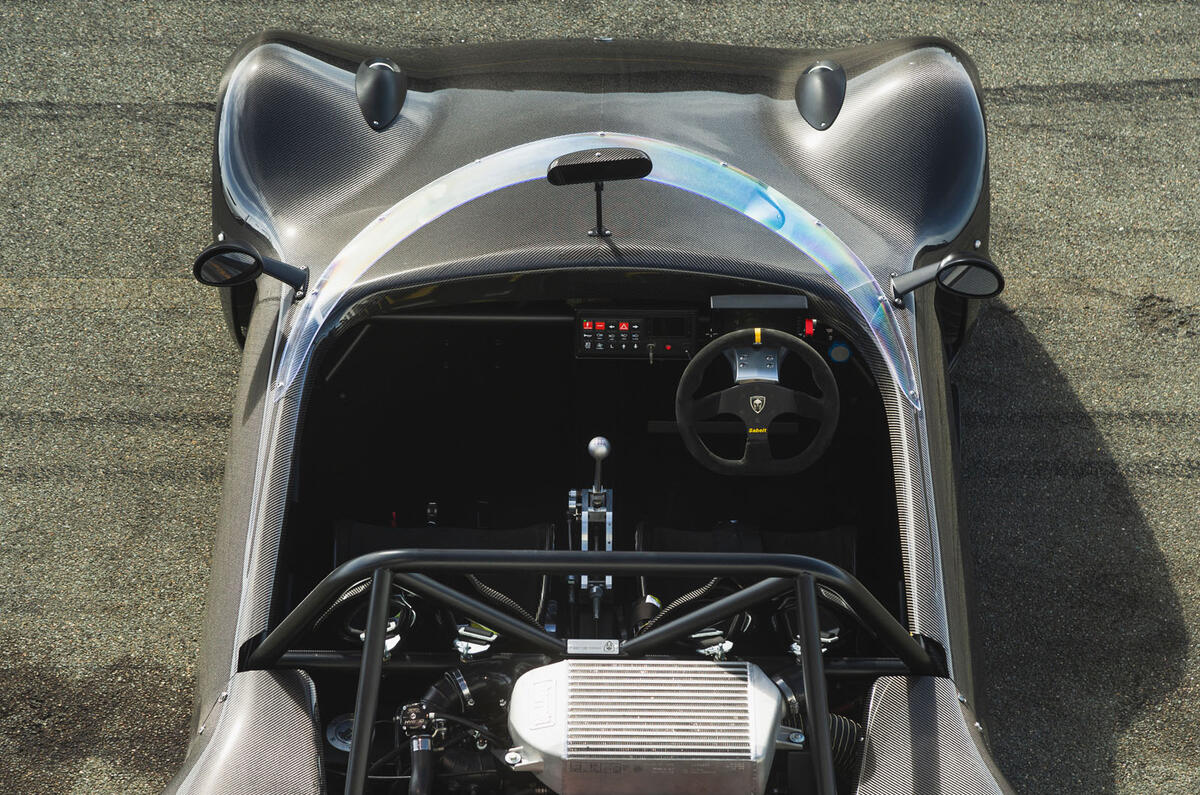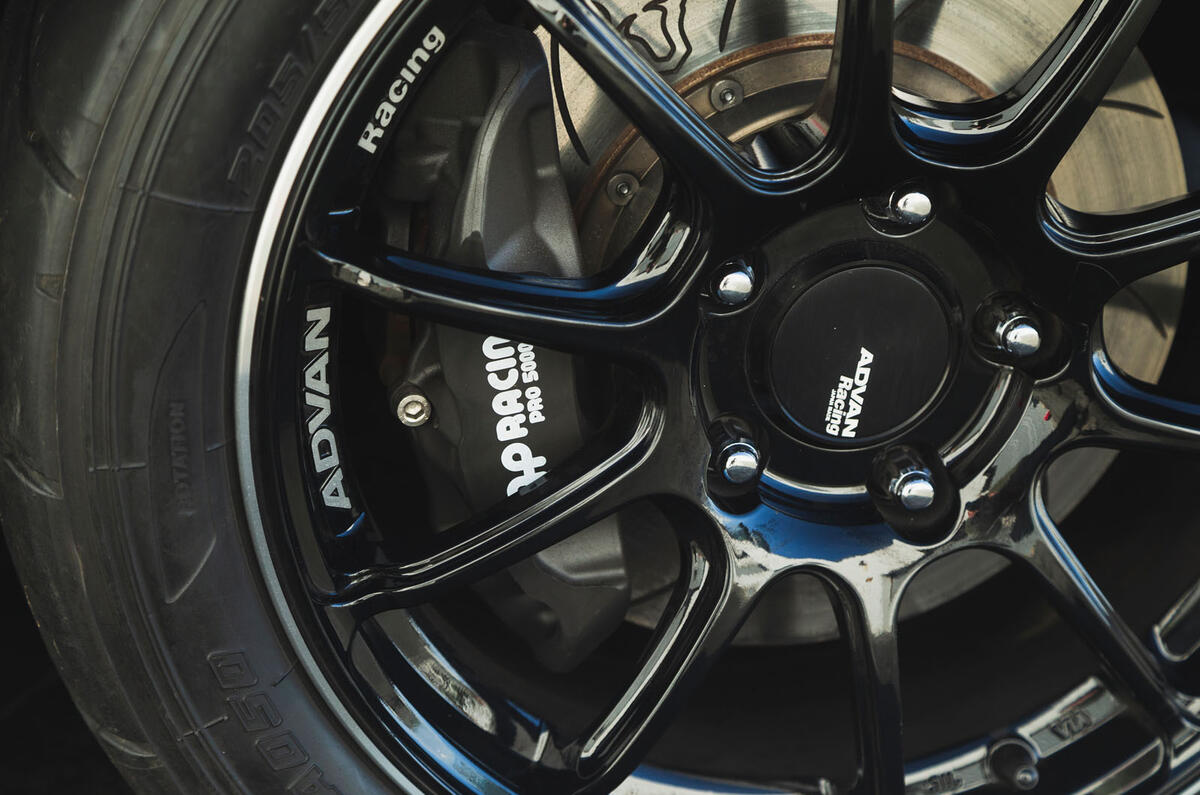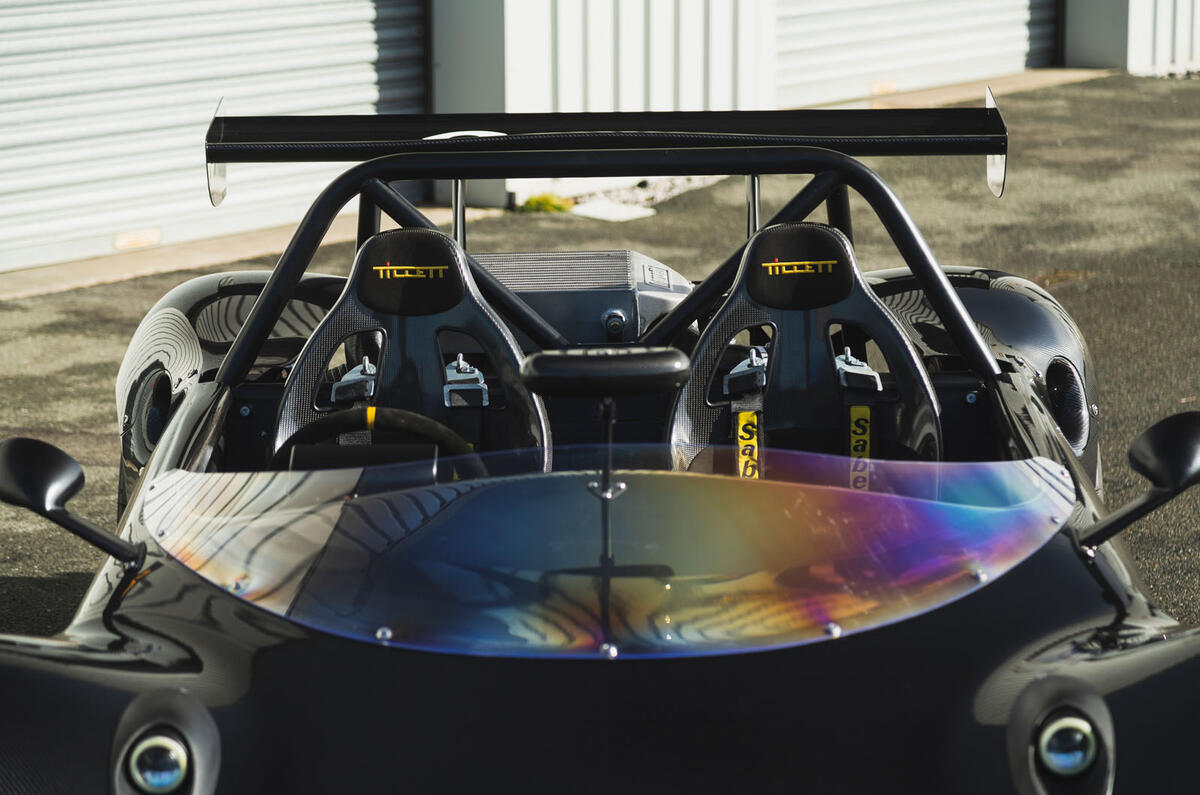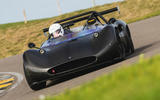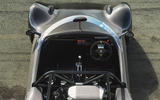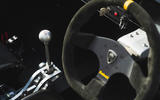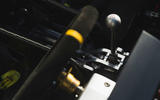Six laps in, semi-slicks simmering, confidence more than simmering, supercharged engine grazing its 8500rpm limiter with intensifying frequency, then the realisation.
Imagine the love child of an Ariel Atom and a Caterham Seven 620R. Pretty sweet – and pretty close what this new trackday blade from down under feels like.
Busy schedules and an 11-hour time difference have meant my only chance to chat to the Sydney-based twin brothers who built the Spartan, as it's known, is on the car phone during the long haul up to Anglesey Circuit the day before. Listening to Nick and Peter Pap speak passionately about how they went about making the ultimate joy-giving driver’s machine and clothed it in such an attractive pebble-smooth body is a pleasure.
I mean, it’s something we’ve all fantasised about doing, isn’t it? Clean-sheet design, styled just how you like it, with purity at the heart of the matter? That’s what the Spartan represents. And it’s why, as per the Paps’ proclivities, it looks akin to a Lola T70, is lighter than an S1 Lotus Elise and at times hits harder than a Ferrari 296 GTB. What would yours be like? Possibly not too dissimilar, I’d wager.
So it’s one hell of a concept, this gleaming, carbonfibre-clad Spartan, all curves and wing. It’s also one that germinated from a dune buggy the Paps made out of a wrecked motorcycle after they finished high school. Having an engineer as a father meant they knew how to use lathes and the like. From a young age, they were fixing up cars ranging from the Chrysler Valiant Chargers and Fiat X1/9s of the day up to a Lamborghini Urraco that Nick eventually bought, although the enterprise dried up following marriage and children.





